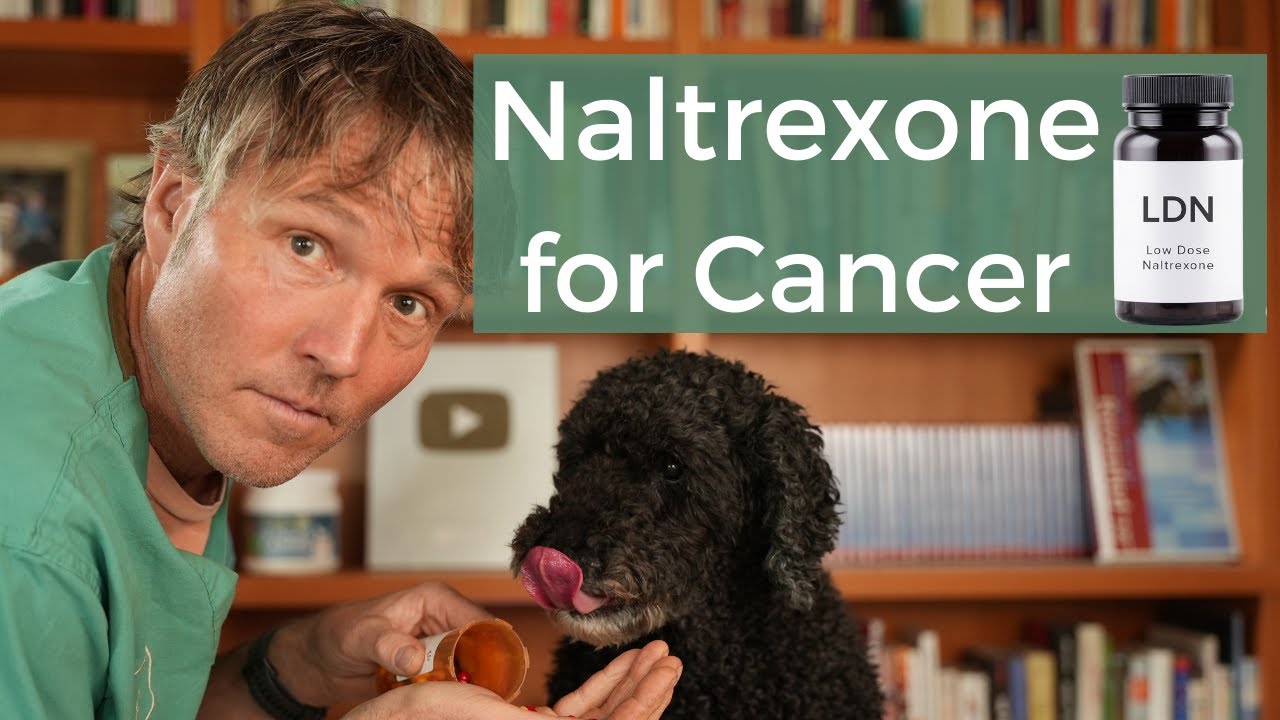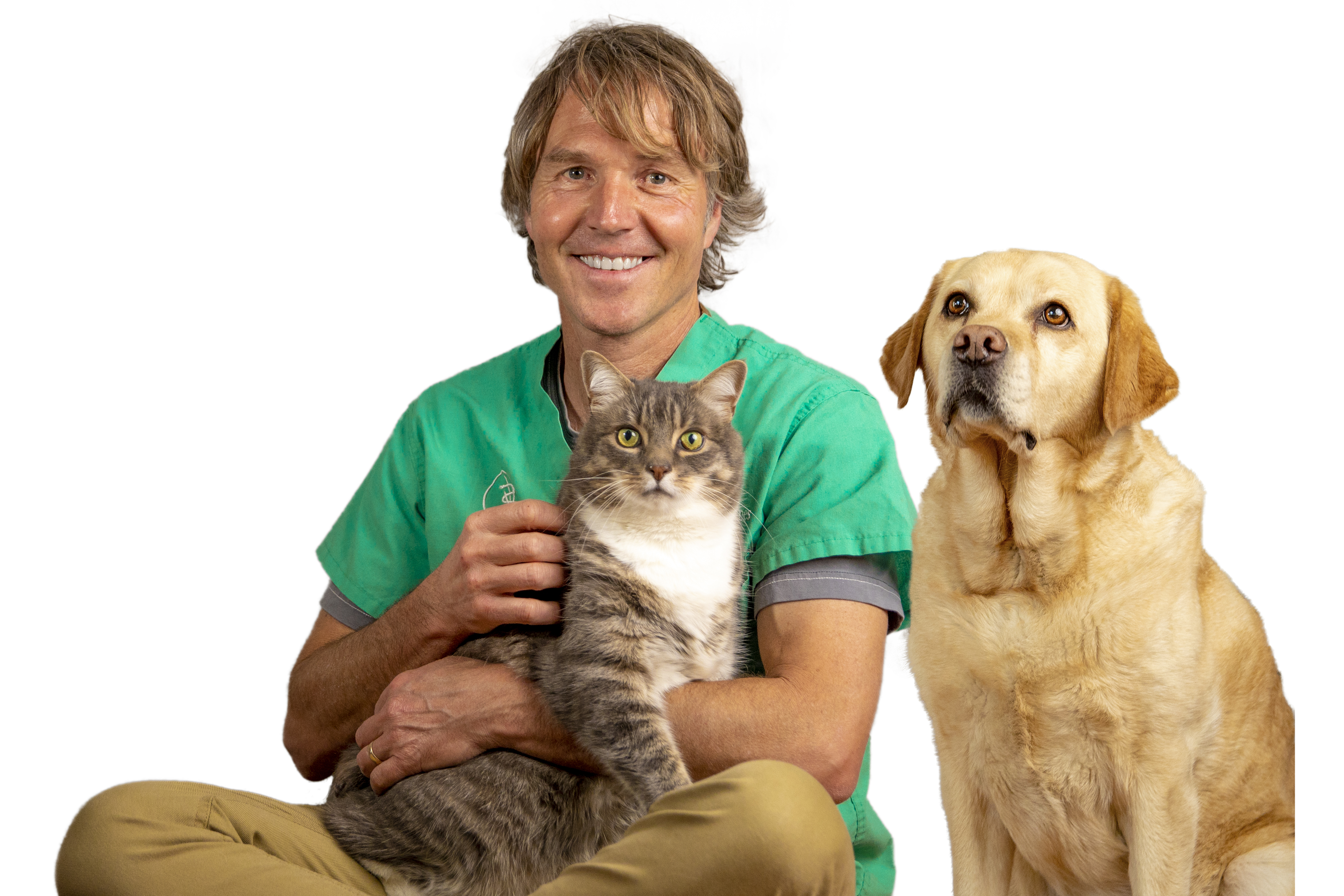New Alternative Cancer Treatment for Dogs and Cats
It seems that more and more dogs/cats/people are developing cancer.
Yes I get the ‘ We/Animals are living longer, so we are seeing more cancer’ argument… . but it is more than that.
Cancer rates are rising. I personally have had 2 of my dogs die of cancer.
Fortunately there are some new/emerging treatments, and I intend to keep you aware of these.
Such as Cannabis – it has extensive studies showing an array of benefits for cancer patients.
I do have a Natural, Whole Plant Extract CBD tincture for Dogs and Cats
Dr Jones’ ULTIMATE CBD for Dogs and Cats

Low Dose Naltrexone for Cancer
Naltrexone is a drug that blocks opiate receptors. It is used in people at higher doses to help them with opiate addiction. BUT at Low Doses, it has proven to be veryhelpful for animals and people with Cancer, and other diseases.
The theory behind low dose naltrexone is that by giving a tiny dose at bedtime, we briefly block the production of endorphins just when they are expected to peak. This causes extra secretion of endorphin stimulating factor and results in higher endorphin levels in the patient.
Endorphins help control pain and focus the immune response to better attack invaders while lessening the likelihood of attacking one’s own cells. This has been used to help palliate chronic arthritis pain in pets who do not tolerate other medications, to assist in treating some immune mediated disorders, and to help slow the growth of some cancers.
Naltrexone Use in Veterinary Medicine
Naltrexone has been a mainstay in veterinary medicine, used to reverse reactions to and overdose of opiates by blocking opioid receptors. It is also used for the treatment of recurring, compulsive animal behavior disorders such as tail-chasing and self-mutilation such as acral lick dermatitis.
Many More Uses for Naltrexone in Animals when Given as a Low Dose
Based on the positive experiences of pet owners in using low-dose naltrexone (LDN) themselves, many opted to try it on their pets who had similar conditions. It is currently being used in animals to help lessen the pain of chronic arthritis, to treat some autoimmune disorders and to help slow the growth of some tumors. Good results have been reported in treating lymphoma, adenomas, nasal/sinus cancer, inflammatory bowel disease, degenerative myelopathy and others.
The dose of LDN is based on the weight of the animal and must be prepared by a compounding pharmacy. It has been found that giving dogs LDN at night works best, whilst for cats morning doses are more effective since they tend to be nocturnal animals. Many pet owners find it easier to administer LDN as a liquid. In this case, it usually needs to be mixed with a flavoring as it is quite bitter.
Here is one study showing the benefits of LDN for Animals with Cancer
LDN Added to Chemotherapy Increases Survival in Dogs, Oct. 2018
The objective of this study was to evaluate the effect of low-dose naltrexone (LDN) as a carboplatin chemotherapy-associated drug in female dogs with mammary carcinoma in benign mixed tumors (MC-BMT) after mastectomy and to assess its association with quality of life and survival rates.
The results showed higher serum concentrations of beta-endorphin and met-enkephalin, fewer chemotherapy-related side effects, and better quality of life and survival rates in the LDN-treated groups than in LDN-untreated groups (P < 0.05). Evaluation of clinical and pathological parameters indicated a significant association between the use of LDN and both prolonged survival and enhanced quality of life. These results indicate that LDN is a viable chemotherapy-associated treatment in female dogs with MC-BMT, maintaining their quality of life and prolonging survival rates.
Side Effects
LDN is well tolerated in most patients and limited further when a patient is started on a start low and go-slow method. This means the patient should be started at a low dose and titrated up slowly. When side effects occur, they are usually mild and include:
It has been found in patients that experienced side effects, that they can be stopped by decreasing the dose by half for 2-3 days, and then continuing with titration again.
Dosing
Starting doses can be anywhere from 0.5 mg to 1.5 mg, and is increased up to 4.5 mg; which is the maximum dose for Low Dose Naltrexone. Specifically for cancer patients, the dose should be a goal daily for at least 7 days before starting an “on/off cycle”
Small animals (cats, gerbils, rats, and such) can safely use 0.5 mg to 1.5 mg per day.
Medium to large animals (dogs) can safely use 3.0 to 4.5 mg per day.
Cancer Regimen
It has been seen with some cancer patients that taking a CBD product on the 3 days off increases the anti-tumor effect of LDN.

Best Wishes,
Dr Andrew
P.S. My last dog Lewis, unfortunately died of a very aggressive form of mouth cancer. He was not responding to conventional pain meds, but responded very well to CBD and THC.
My suggestion is if you are helping a pet with Cancer, try and get a CBD with THC tincture, but that is unfortunately only available in a few areas (i.e. legal). I started Lewis on a 4:1 tincture (CBD:THC), then I increased it to 1:1.
It was too late to make a difference with treating the cancer, but it gave him some great pain relief, and he was eating/drinking/running 2 days prior to being euthanized.
So much better pain control than I was getting from the Metacam, Fentanyl patch and Tramadol.
P.P.S. If you have an arthritic pet, or a dog with cognitive dysfunction, I encourage you to try my CBD for dogs and cats.
It is a whole plant extract meaning it has all the potentially helping cannabinoids that interact with each other to be beneficial, as well as using hemp seed oil as the carrier oil (often this can make it more effective):
My cat has aggressive spleen cancer, and I noted that you talked about fenbendazole, she’s 8 lb and I’m going to start giving her 180 mg of it, 3 days on and 4 days off but I’m wondering how long do I do this regimen? The vet thought she might have four to six months.
Hi Debra, Dr. Jones suggests trying it for one month to start, assess, and then continue if needed.
My cat has this cancer growing on his neck. I have started LDN two weeks ago but wasn’t doing it every day and I have been sometimes giving it mid afternoon like 4pm and other days in evening 8pm because I want to make sure he eats. He is 6 pounds and I give him 0.05 ml.
My 14 year old male cat has a cancerous mass under his chin that is hard and spreading fast. Are you able to recommend a topical remedy for it? I’m adding ES Clear, Life Gold and Hoxsey and Boneset to his food.